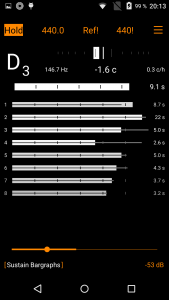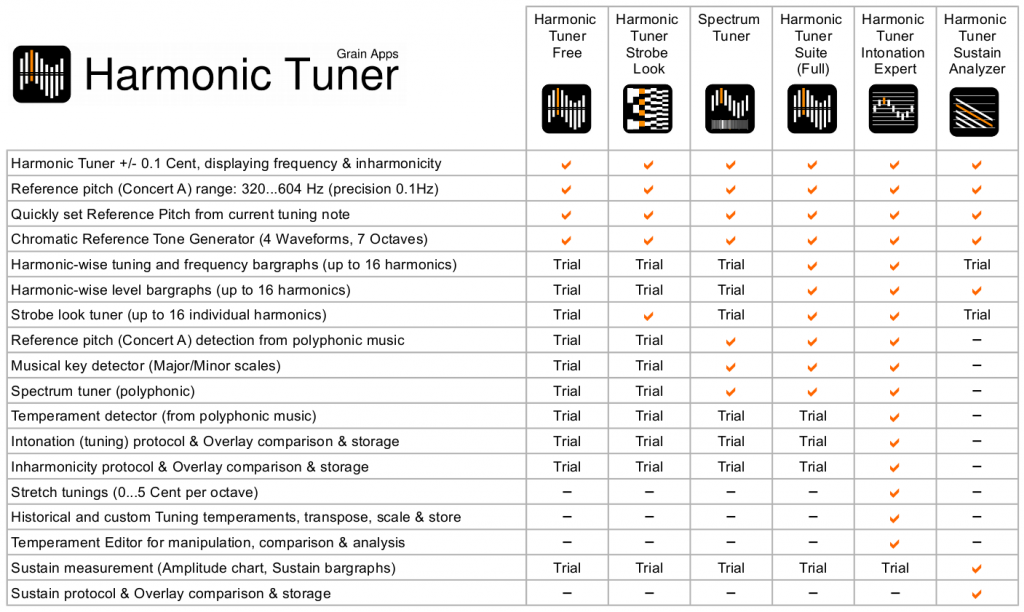Harmonic Tuner Drum Set – New Demo Video about Tom Tuning

A new demo clip of Harmonic Tuner Drum Set is on Youtube now!
This clip shows how to tune your drums with the latest Harmonic Tuner Drum Set app. In this example, a tom is tuned to fundamental pitch of A=110 Hz, and the main batter head pitch is tuned in consonance with this, a fifth higher at E=165 Hz. The demo shows how to use the app to understand the interaction between resonance frequencies of a drum and to equalize the drum tuning at all tuning lugs.
Get the app on Google Play:
https://play.google.com/store/apps/details?id=de.grainapps.harmonictuner.drumset


















 ,
,


















